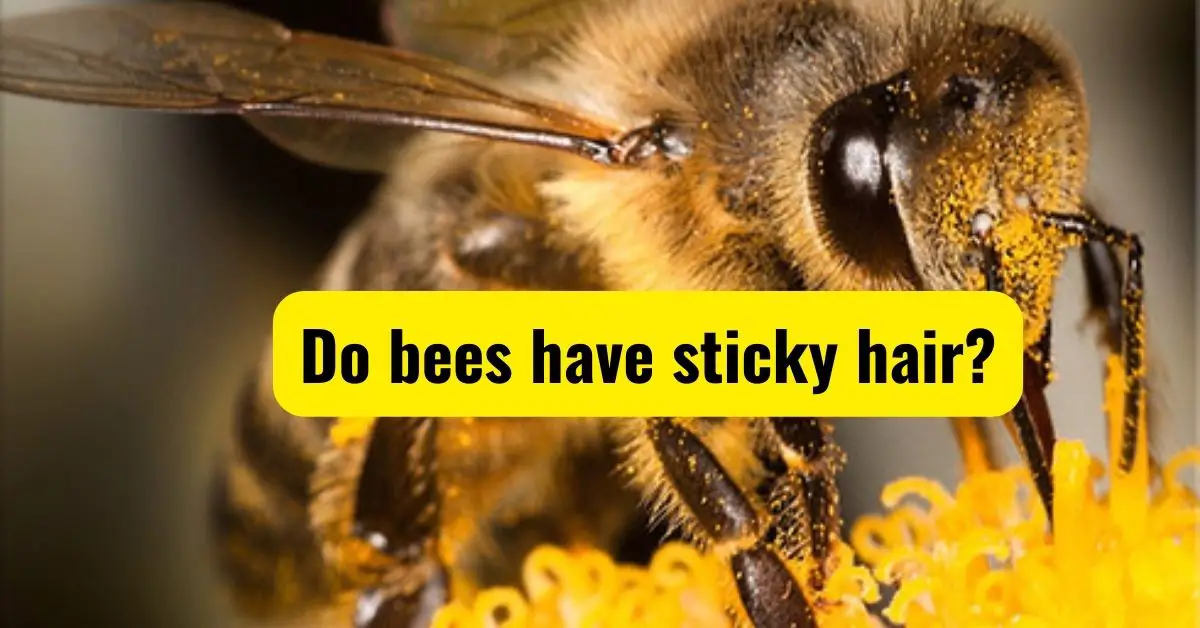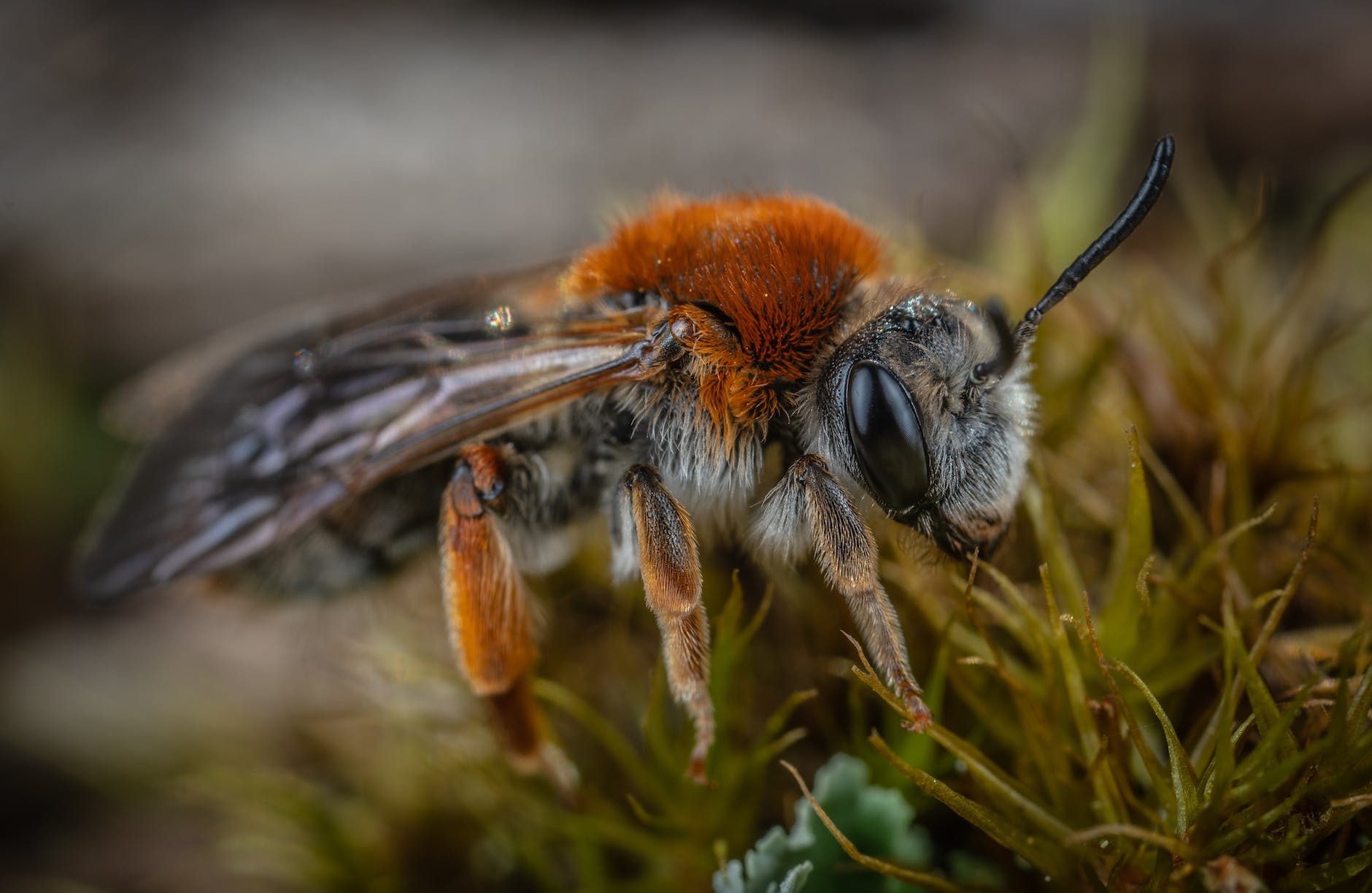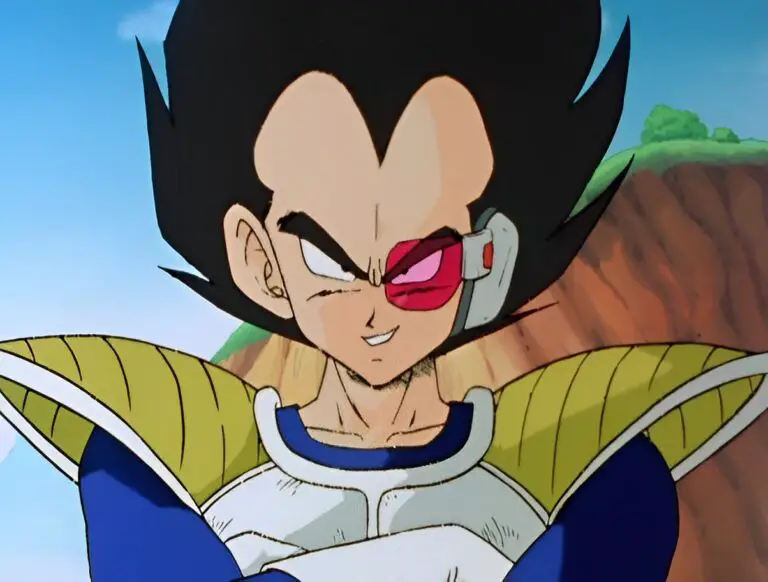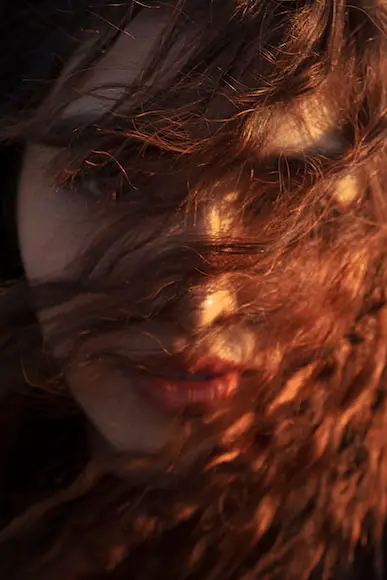Do Bees Have Sticky Hair?

Have you ever wondered why bees buzz around flowers, with pollen clumping onto their bodies?
If you’re intrigued by the marvelous world of bees, then this blog post is for you. We’ll be tackling the curious question, “Why do bees have sticky hair?” Further, we’ll explore whether all bees have hair, what those tiny structures actually are—hairs or feathers?
And let’s not forget the baffling inquiry as to why honey bees have hair on their eyes. By the end of this blog post, you’ll have delved deep into the fascinating realm of bees, their hair, and its numerous functions.
Do bees have sticky hair?

Indeed, bees do have sticky hair. What we perceive as hair on a bee’s body is called ‘setae.’ Interestingly, these setae are not just for decoration or warmth, as one might initially think.
In fact, they play a crucial role in a bee’s ability to gather pollen, thus aiding in the crucial process of pollination. But, you may ask, how does the pollen stick to these hairs?
The answer lies in the natural static electricity generated by the bee.
This static electricity causes the pollen to stick to the bee’s hairs, effectively making them ‘sticky.’ As a result, as bees move from flower to flower, they carry pollen with them, inadvertently assisting in the cross-pollination of plants.
Why do bees have sticky hair? (JOKE)
On a lighter note, why do bees have sticky hair? Because they use a honey comb, of course!
Do all bees have hair?
Moving onto our next point of interest, do all bees have hair? The answer is, yes, all bees do have hair. Although the number, density, and location of these hairs can vary considerably across different species, it is a universal characteristic of bees.
The texture and arrangement of these hairs often allow bees to be distinguished from other insects.
Do bees have hair or feathers?
A common question is whether bees have hair or feathers. In reality, bees have neither. Instead, bees possess setae, tiny structures that resemble hair.
These setae are made from a substance called chitin, the same material that makes up a bee’s exoskeleton. Thus, although they may seem like hair or even feathers to the untrained eye, they are structurally and functionally unique.
Why do honey bees have hair on their eyes?
Here’s a surprising fact: honey bees have hair on their eyes! The reason for this lies in the same logic as why they have hair on their bodies.
The hair on their eyes aids in detecting wind direction and speed while they are in flight.
These hairs are sensitive to changes in air currents, acting as a navigational tool. Incredibly, these hairs also assist in the collection and transport of pollen, hence, further promoting pollination.
How much hair does a bee have?
You may find it hard to believe, but a single honey bee can have up to three million hairs on its tiny body.
These hairs cover the bee’s entire body, including its eyes and legs. The high number of hairs is directly linked to the bee’s role as a pollinator, enabling it to collect and transport more pollen.
Conclusion
In conclusion, bees are not just simple insects buzzing around your garden; they have complex structures and adaptations that aid in their survival and role as crucial pollinators.
From their sticky hair made of setae to the hairs on their eyes, bees are truly fascinating creatures that continue to amaze us with their intricate design and purpose.






